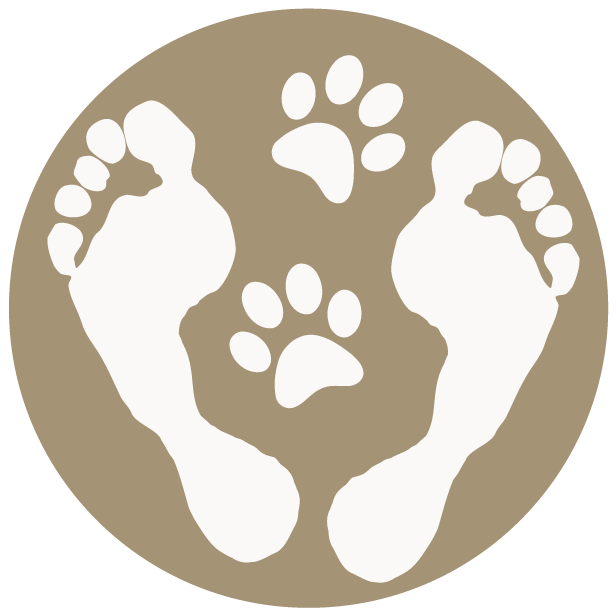Big Human Thing #2: Attachment Style.
"Attachment" refers to the nature of bonding that develops between a child and his/her caregivers.
"Attachment style" is determined by the caregiver/s' level of availability and responsiveness to the child's needs (*emotionally*, physically, mentally), and forms their level of security, safety, and their self and world perception. This typically begins to take shape within our first few years of life, and becomes how we relate, connect to, and perceive others throughout the rest of our lives.
While there are a few variations in description, the 4 main types of attachment styles are...
: secure,
: anxious,
: disorganized, and
: avoidant.
"Secure" attachment develops through children having available and supportive parents. People with secure attachment style typically....
: feel emotionally safe and secure in relationships,
: are supportive, open, and available in their relationships,
: tend to offer a safe, secure base for others with different attachment styles, possibly inspiring a shift for them in that way,
: have emotional fluency and a comfort with vulnerability,
: developed a strong sense of safety, security, and self worth through having their needs consistently tended to.
----
"Anxious" attachment develops through caregiver inconsistency and absence. This usually reveals itself through...
: chronic self-sacrificing and people-pleasing,
: fear of rejection,
: fear of abandonment,
: chronic overcompensation.
----
"Disorganized" attachment develops through lack of trust with caregivers who may have struggled with addiction and/or were emotionally unwell and unsafe. People with disorganized attachment typically....
: struggle with their sense of self-worth,
: have mixed or contradicting feelings about people,
: keep people at arm's length and actively bounce between being distant and inviting connection,
: overanalyze to look for "red flags" or signs of betrayal,
: struggle with trusting people.
These individuals crave connection and intimacy, but create disconnection due to their fear of abandonment and betrayal.
----
"Avoidant" attachment develops when children are consistently discouraged from expressing emotion. They typically....
: tend to withdraw and isolate,
: deeply struggle with emotion - how to....give language to it, express it, handle it, etc.,
: struggle with connecting with others on a more intimate level,
: are highly independent and avoid relying on others.
----
What does this have to do with dogs, you might ask? Everything.
A great majority of the struggles we have with our dogs stem from relationship discrepancies. What we develop and nurture, and what we bring to the table. This impacts how we're perceived and what we represent in the eyes and mind of the dog.
Relationships of all types (co-workers, intimate, employers, clients, dogs, etc.) are some of our greatest teachers, and will highlight and surface what we were avoiding, suppressing, and silencing. The hurt, the anger, the sadness, the fear.... all come up through relationship to be healed and dealt with. Other people, our dogs, circumstances, etc. will activate and trigger our wounds. We know when an 'undealt with' wound is scratched when we get activated and feel strong feels.
When relationships aren't safe containers for these types of experiences, what's trying to be healed will show up again in other relationships. Same wound, same pattern.... different outfit. If and when we're in a safe space where there's emotional fluency, compassion, etc., healing can begin.
Our attachment styles trickle over into the relationship we have with our dogs, and we often see see this time and time again in various ways (separation anxiety, social anxiety, general anxiety, hyper (in)dependence, etc). We also come to the world predisposed to certain things (like anxiety, nervousness, skittishness, etc) due to the mother's emotional state when we were in utero (same with dogs). Lifestyle, safe or unsafe relationships, etc. can and will enhance or diminish this.
We'll also often see those who've been deeply hurt by other people and have a difficult time connecting and trusting people working with animals. Those who haven't felt safe, seen, heard, acknowledged, accepted, and understood by people... but do with animals.
Understanding attachment styles will offer a lot of insight into the relational aspect of the canine behavioral equation... as well as the other (human) relationships we've chosen to surround ourselves with. Definitely a "big human thing" to pay attention to

